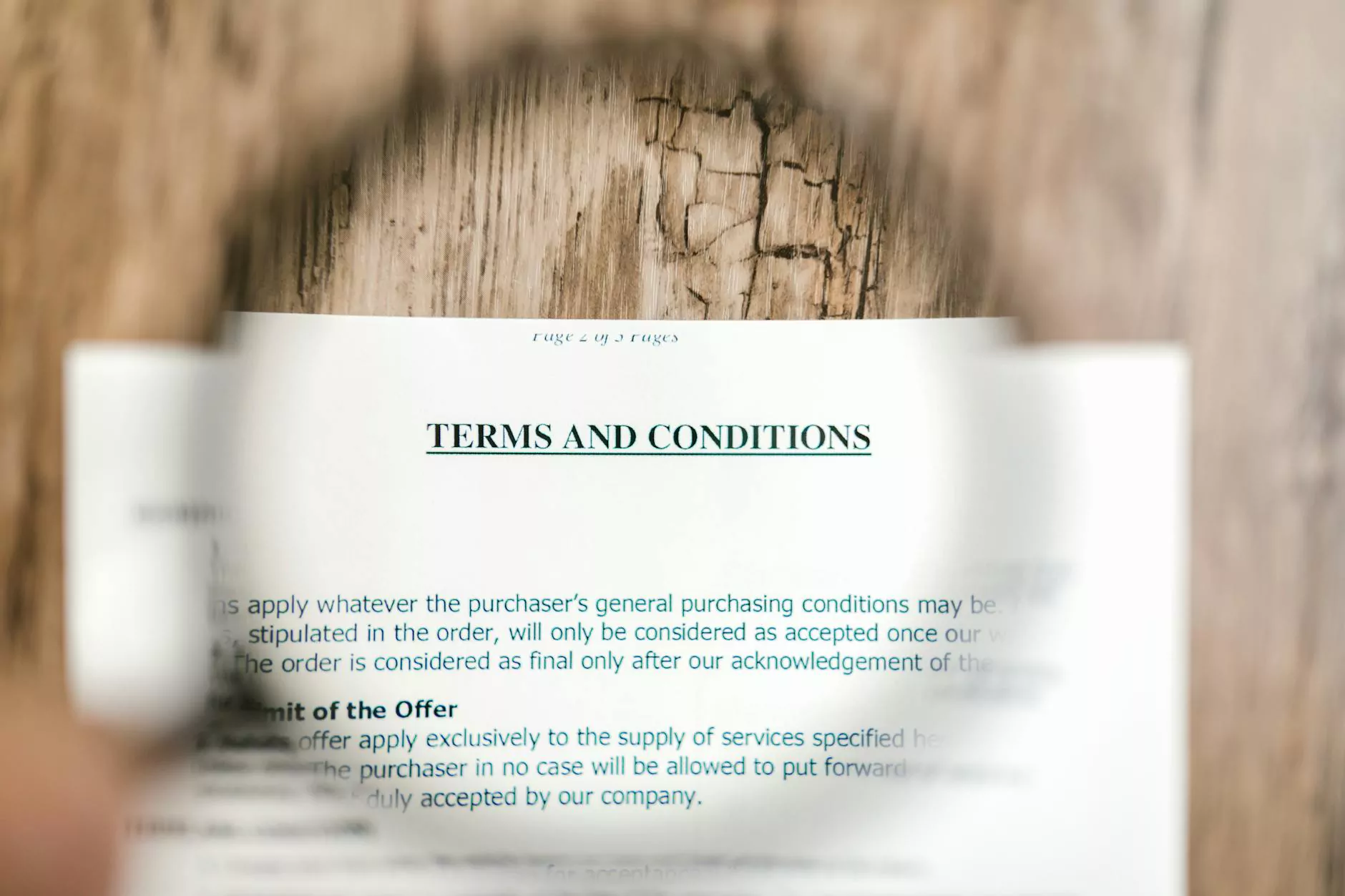Ultimate Guide to Competitor Analysis (2022) - Zebra Marketing and SEO
Blog
The Importance of Competitor Analysis in the Business and Consumer Services Industry
In today's digital landscape, staying ahead of the competition is crucial for businesses in the Business and Consumer Services industry. With countless websites vying for customers' attention, it's essential to understand what your competitors are doing and how you can outrank them in search engine results. That's where competitor analysis comes in.
What is Competitor Analysis?
Competitor analysis is the process of evaluating and analyzing your competitors' strategies, strengths, weaknesses, and online presence to gain valuable insights that can be used to improve your own marketing efforts. By conducting a thorough competitor analysis, you can identify key areas where your competitors are excelling and leverage that information to gain a competitive edge.
The Benefits of Competitor Analysis
By investing time and resources into competitor analysis, businesses can achieve several benefits:
- Identify Market Trends: By analyzing your competitors' strategies, you can gain insights into emerging trends in the Business and Consumer Services industry. This knowledge can help you adapt your marketing approach and stay ahead of the curve.
- Uncover Competitor Strengths and Weaknesses: By evaluating your competitors' strengths and weaknesses, you can identify areas where you have a competitive advantage and areas where you need to improve.
- Discover Untapped Opportunities: Competitor analysis can reveal gaps in the market that your business can capitalize on. By identifying unexplored niches or underserved customer segments, you can tailor your offerings to meet their needs.
- Optimize SEO Strategy: Understanding how your competitors are ranking in search engine results can help you optimize your SEO strategy. By analyzing the keywords they are targeting and their backlink profiles, you can develop a more effective approach to improve your search rankings.
- Enhance Brand Positioning: By analyzing your competitors' brand positioning, messaging, and target audience, you can refine your own brand strategy and differentiate yourself in the market.
How to Conduct Competitor Analysis
Conducting a comprehensive competitor analysis requires a strategic approach. Here are the steps involved:
1. Identify Your Competitors
Start by identifying your main competitors in the Business and Consumer Services industry. These could be companies offering similar services or targeting the same customer base. Compile a list of their websites and online platforms to analyze.
2. Analyze Their Website and Online Presence
Visit your competitors' websites and analyze their design, content, and user experience. Take note of their messaging, value propositions, and calls to action. Assess their social media presence, including the platforms they engage on and the content they share.
3. Evaluate Their SEO Strategy
One of the key aspects of competitor analysis is evaluating your competitors' SEO strategies. Look for the keywords they are targeting, the content they are creating, and the backlinks they have acquired. This information will help you identify gaps in your own SEO strategy.
4. Assess Their Social Media Presence
Examine your competitors' social media profiles and evaluate their engagement, follower count, and the type of content they share. Identify any successful campaigns or strategies they have implemented and consider incorporating similar approaches into your own social media marketing.
5. Analyze Their Content Marketing Efforts
Study your competitors' content marketing efforts, including their blogs, articles, and other resources they provide. Look for the topics they cover, the depth of their content, and the engagement they receive. This will help you identify opportunities to create more valuable and informative content for your audience.
6. Monitor Their Online Reputation
Keep an eye on your competitors' online reputation by monitoring customer reviews, ratings, and feedback. Identify any areas where they may be falling short or receiving negative feedback, and use that information to provide a better customer experience.
7. Stay Updated with Competitor Changes
Competitive analysis is an ongoing process, as competitors and market conditions can change over time. Stay updated with your competitors' latest developments, new product offerings, and marketing campaigns. Continuously adapt and refine your own strategies to stay ahead of the competition.
Conclusion
Competitor analysis is a powerful tool that can provide valuable insights for businesses in the Business and Consumer Services industry. By understanding your competitors' strategies, strengths, weaknesses, and online presence, you can make informed decisions to improve your own marketing efforts and outrank your competitors in Google search results. At Zebra Marketing and SEO, we offer comprehensive SEO services tailored to help businesses achieve their goals. Contact us today to learn how we can assist you in dominating the competition.




